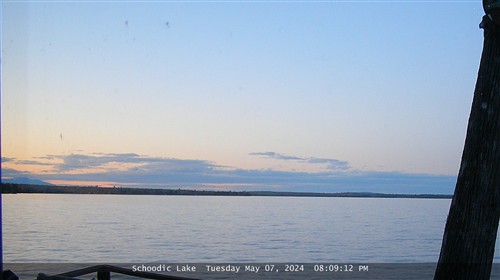Schoodic Peninsula, Maine Weather Cams
Schoodic Lake Cam

Schoodic Peninsula: A Coastal Jewel in Maine’s History
Schoodic Peninsula, Maine Weather Cams. Schoodic Peninsula, located in Down East Maine, is a region rich in history, culture, and natural beauty. As part of Acadia National Park, it offers a more secluded experience compared to the bustling Mount Desert Island. Over the centuries, Schoodic has been shaped by Indigenous heritage, European settlement, maritime industries, and conservation efforts.
Indigenous Heritage and Early Settlement
The Schoodic Peninsula and surrounding areas have been inhabited by Native American tribes for thousands of years. The Wabanaki Confederacy, including the Penobscot, Passamaquoddy, Maliseet, and Mi’kmaq tribes, were the original inhabitants of the region. They relied on the rich resources of the land and sea, engaging in fishing, hunting, and gathering. The name “Schoodic” is derived from the Passamaquoddy word “Skutec,” meaning “place of the burning fires,” reflecting the deep cultural connection to the land.
European explorers began arriving in the region in the early 17th century, with the French and later the English establishing settlements along the coast. By the late 1700s, small communities had begun to form, with fishing, shipbuilding, and logging becoming the primary industries.
Maritime Industry and Economic Growth
The Schoodic Peninsula’s proximity to the Gulf of Maine made it an ideal location for maritime industries. Fishing, especially lobster fishing, became a significant part of the local economy and remains so today. The area’s granite quarries also played an important role in the 19th century, with Sullivan and surrounding towns supplying high-quality granite for construction projects across the country.
The Role of Schoodic in Acadia National Park
In the early 20th century, the Rockefeller family, particularly John D. Rockefeller Jr., played a crucial role in preserving the natural beauty of the Schoodic Peninsula. They donated land that eventually became part of Acadia National Park. Schoodic Point, the park’s section on the mainland, offers a more secluded and less crowded experience than Mount Desert Island, showcasing the rugged coastline, dense forests, and panoramic ocean views that define the region.
More than 1,000 acres of the park were listed on the National Register of Historic Places in 2007 in recognition of the contributions made by the Civilian Conservation Corps in the 1930s. Many of the developed features of the park, including hiking trails, service roads, and comfort stations, were built in the National Park Service’s Rustic architectural style.
Military Presence and Strategic Importance
During World War II, the Schoodic Peninsula became a strategic location for the U.S. military. The Navy established a radio communication station at Schoodic Point, which continued to operate during the Cold War. The station played a vital role in submarine communications and monitoring the North Atlantic. After the Cold War, the site was decommissioned, and parts of it were incorporated into Acadia National Park as the Schoodic Education and Research Center, which now serves as a hub for environmental studies and educational programs.
Conservation and Modern-Day Significance
Schoodic Peninsula remains a vital part of Acadia National Park, offering visitors a chance to experience Maine’s rugged coastline away from the crowds. The park is accessible via a one-way 7-mile loop road, with key features including Schoodic Head, the highest point on the peninsula at 440 feet above sea level, and scenic spots such as Frazer Point, Blueberry Hill, and the Anvil.
In recent years, conservation efforts have focused on maintaining the ecological integrity of the peninsula. An anonymous donor purchased a 3,200-acre tract of land abutting Schoodic Peninsula’s national park holdings, building the Schoodic Woods Campground and miles of gravel bike paths before donating all of it to Acadia National Park.
Conclusion
Schoodic Peninsula’s history is a testament to Maine’s enduring relationship with its coastal landscapes. From its Indigenous roots to its role in maritime industries, military operations, and conservation efforts, the peninsula has remained a cherished part of Maine’s heritage. Today, it continues to attract visitors seeking solitude, natural beauty, and a glimpse into the past.
For more information, visit the Schoodic Peninsula, Maine official website.
